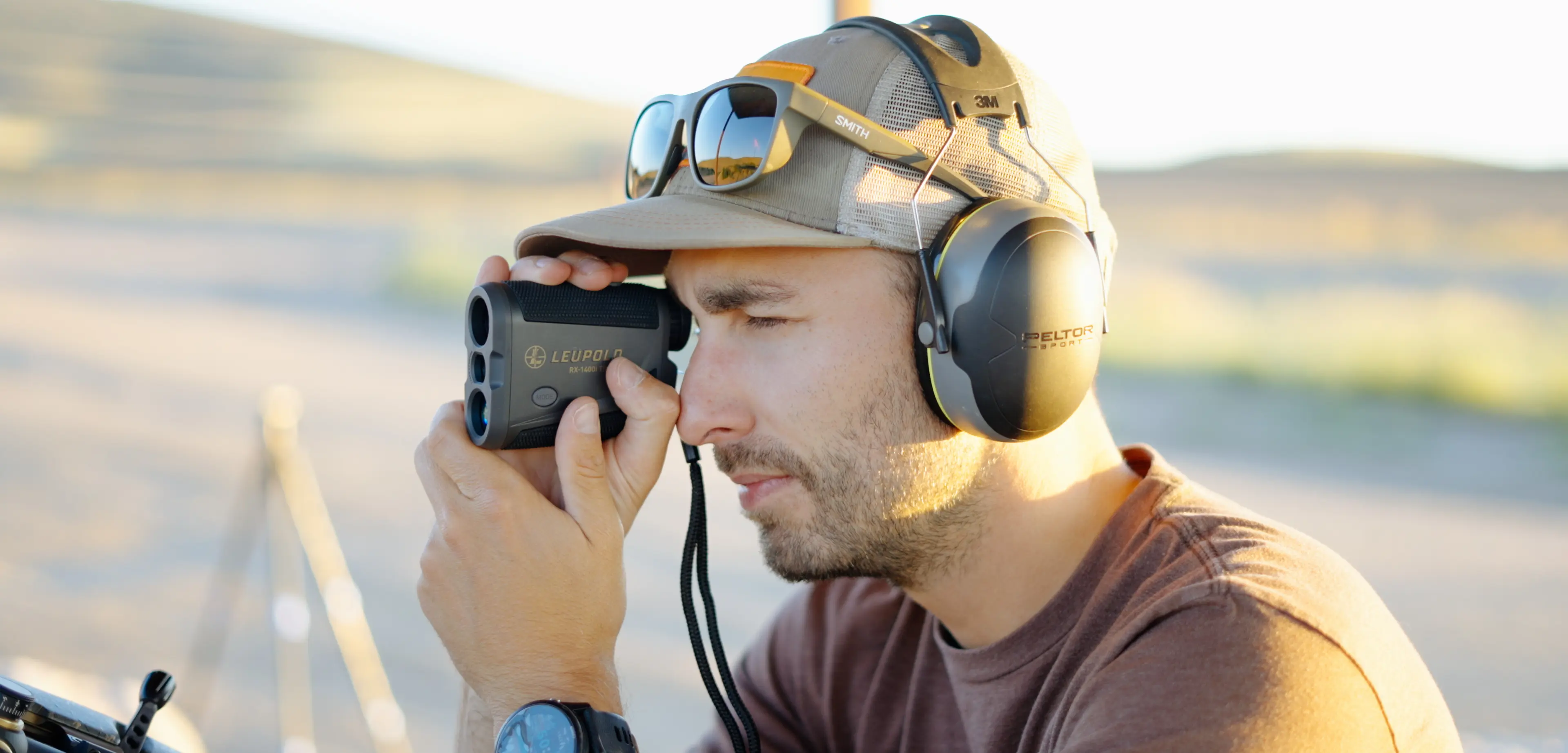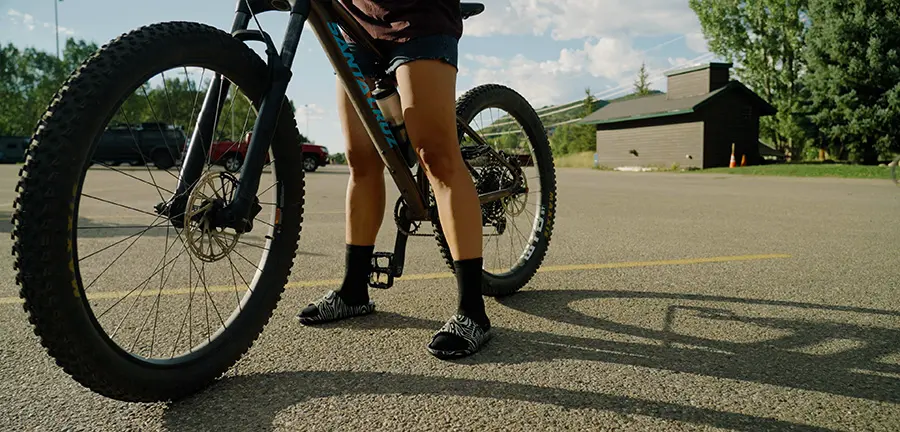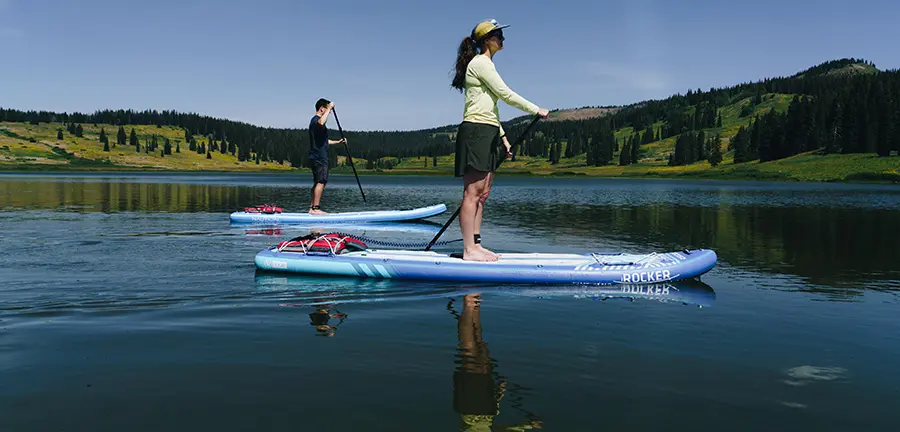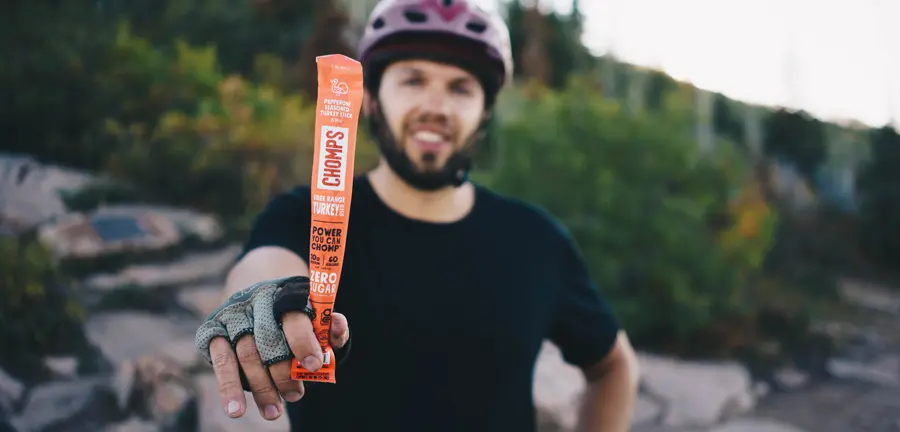The Benefits of Compression: CEP Compression
Alice Perlowski, MD, is a spokesperson for CEP Compression, and she’s well suited to explain the benefits of compression to outdoor enthusiasts. Not only is she a cardiologist, but she’s a triathlete as well. By straddling these two worlds, she can wax on compression from both the perspective of a medical professional and that of an endurance athlete.
We spoke with Alice in between patients to get a tighter understanding of compression and its benefits.
From the brand:
CEP is the sport brand of medi, a world leading medical compression, and orthopedic technology manufacturer. In 2007, medi developed a unique compression sock designed to improve circulation and athletic performance. CEP's proprietary compression profile, made with medi compression, can positively increase circulation by up to 40% in the lower leg. As a result the user will experience improved performance, recovery, and injury prevention.
Over the last eight years, CEP has grown to become the compression brand of choice amongst the running community. Growing from 0% market share to 40% market share in run specialty retail (NPD Retail Data, Brand Share, Run Specialty, 2015). Over the last two years CEP’s product portfolio has expanded from full-length socks and calf sleeves to short socks, no-show socks, and the latest low-cut socks.

Active Junky: What is one common misconception people have about compression?
Alice Perlowski: I don’t think people know exactly what compression does. People assume that compression is all about veins and the venous anatomy. That’s part of it, but there’s also been evidence that compression has improved arterial blood flow as well. It also increases joint stability and muscle stability, which decreases delayed onset muscle soreness (DOMS) and those kinds of things. Compression has a lot more beneficial effects than I think people appreciate.
AJ: These aren’t everyday socks—they’re designed for performance. What would you say to athletes who are still exercising, training and competing in regular old socks?
AP: It’s all about preference—I think that seasoned athletes find what works for them over time. From personal experience, wearing compression for endurance exercise is beneficial. Especially if you have any underlying venous insufficiency: varicose veins, your legs get swollen at the end of the day, those are more genetic things. I’d advise them to try compression.
AJ: Recently you’ve expanded the line into the outdoors. Instead of traditional venues — say triathlons — your socks are now being used by outdoor enthusiasts. What benefits are there for hikers and outdoor lovers by switching to a merino compression sock?
AP: Hikers and outdoor athletes are endurance athletes as well. I know a lot of outdoor enthusiasts that do very long hikes, hours and hours at a time, which is essentially the same as running a marathon; it’s just maybe not as strenuous. But they are on their feet for a prolonged period of time, so I think they can benefit from the baseline benefits of compression. But the new line by CEP, they use fabrics that actually ensure warmth in cold climates; at the same time they’ve engineered the technology so that it wicks away sweat. One of the worst things that can happen in a cold environment is that you get chills when your body cools down and you’re still wet. That’s the difference between the outdoor line and the indoor line, the properties of the fabrics that allow for more extreme climates.
Related Articles

















